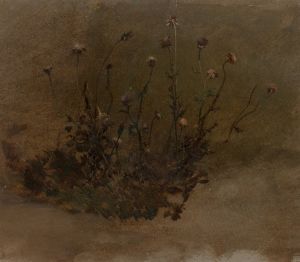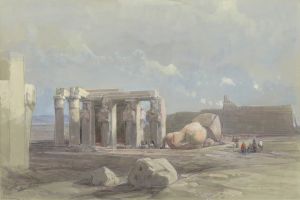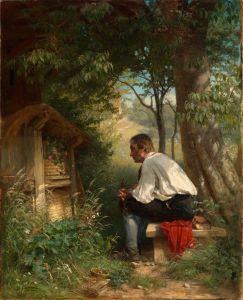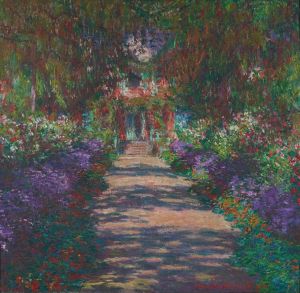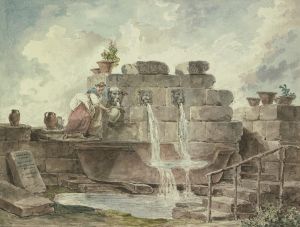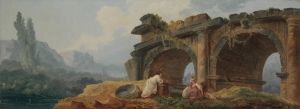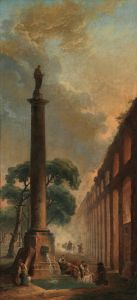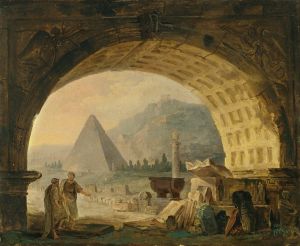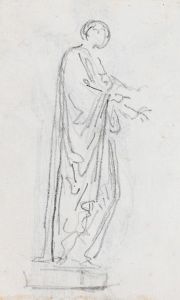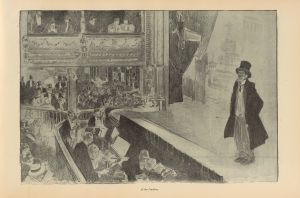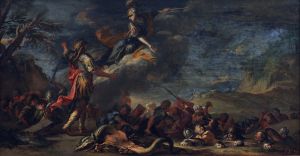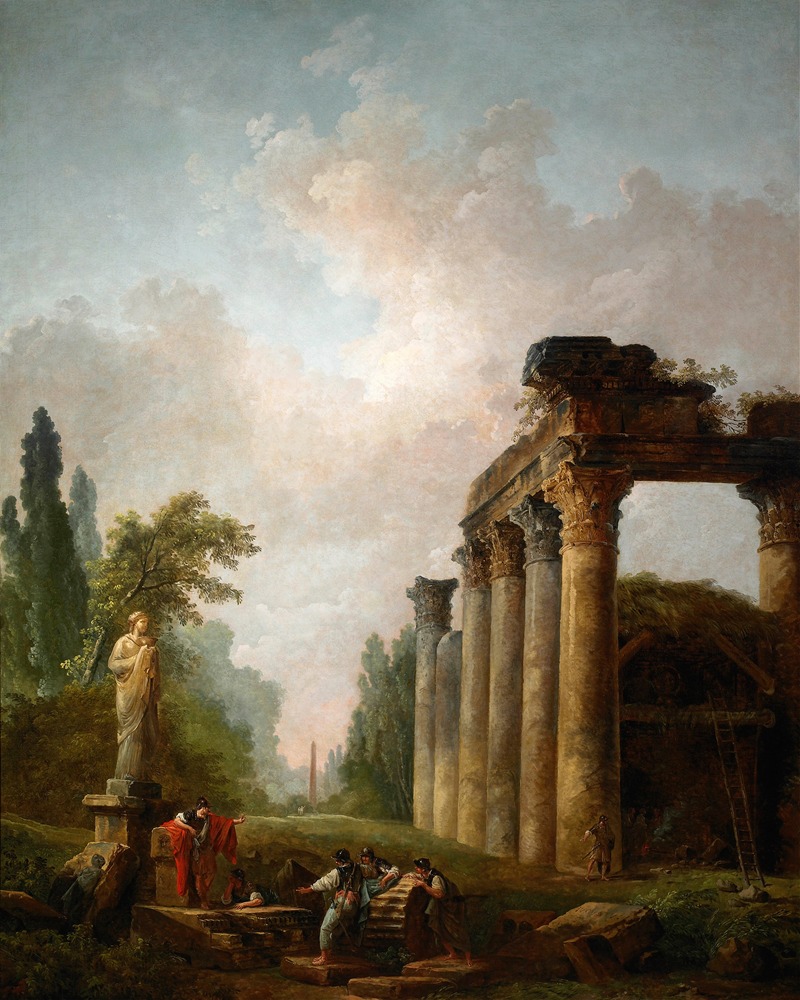
The Ruin
A hand-painted replica of Hubert Robert’s masterpiece The Ruin, meticulously crafted by professional artists to capture the true essence of the original. Each piece is created with museum-quality canvas and rare mineral pigments, carefully painted by experienced artists with delicate brushstrokes and rich, layered colors to perfectly recreate the texture of the original artwork. Unlike machine-printed reproductions, this hand-painted version brings the painting to life, infused with the artist’s emotions and skill in every stroke. Whether for personal collection or home decoration, it instantly elevates the artistic atmosphere of any space.
Hubert Robert's painting The Ruin is a notable example of the artist's fascination with architectural decay and the passage of time. Hubert Robert (1733–1808), a French painter, is renowned for his depictions of ruins, both real and imagined, which earned him the nickname "Robert des Ruines." His works often blend elements of classical antiquity with romanticized landscapes, reflecting the 18th-century European fascination with the grandeur and impermanence of ancient civilizations.
The Ruin exemplifies Robert's ability to evoke a sense of nostalgia and contemplation through his art. The painting features a crumbling architectural structure, likely inspired by Roman or classical ruins, surrounded by a natural landscape. The interplay between the decaying man-made structure and the encroaching vegetation highlights the theme of nature reclaiming its dominance over human creations. This theme was central to the aesthetic of the time, particularly within the context of the Enlightenment and the growing interest in the sublime.
Robert's training in Rome as part of his studies at the French Academy contributed significantly to his artistic development. During his time in Italy, he was exposed to the ruins of ancient Rome, which became a recurring motif in his work. His paintings often combined accurate architectural details with imaginative compositions, creating scenes that were both historically evocative and artistically inventive.
In The Ruin, Robert employs his characteristic use of light and shadow to enhance the dramatic effect of the scene. The soft, diffused light suggests a moment of quiet reflection, while the meticulous attention to detail in the crumbling stonework underscores the artist's technical skill. Figures are often included in Robert's ruin paintings to provide a sense of scale and to emphasize the contrast between the transient nature of human life and the enduring presence of the ruins.
While specific details about the commission or provenance of The Ruin are not widely documented, the painting is consistent with Robert's broader body of work, which frequently explored themes of decay, memory, and the passage of time. His works were highly sought after during his lifetime and remain significant within the canon of 18th-century European art.
Hubert Robert's contributions to the genre of ruin painting have left a lasting legacy, influencing both his contemporaries and later generations of artists. The Ruin stands as a testament to his ability to capture the beauty and melancholy of architectural decay, inviting viewers to reflect on the impermanence of human achievements.





